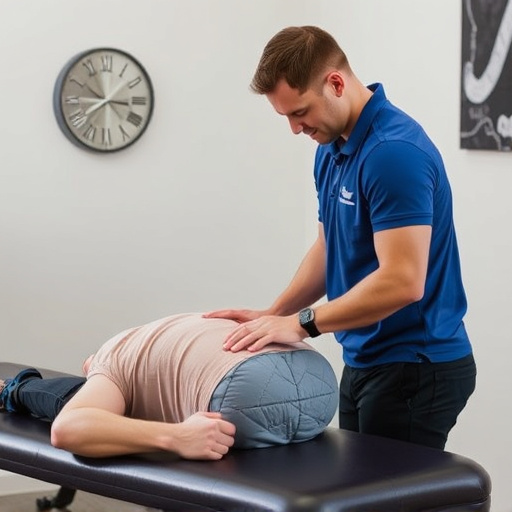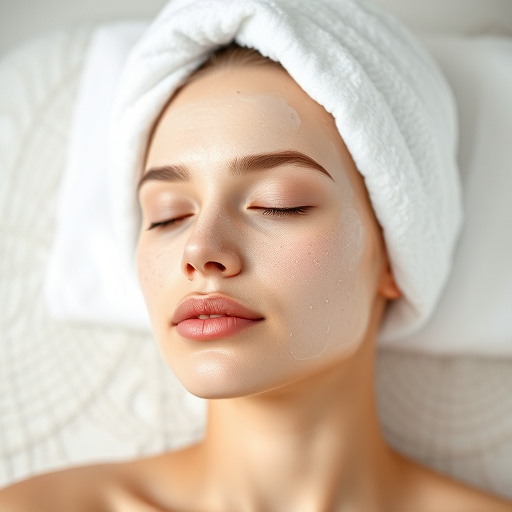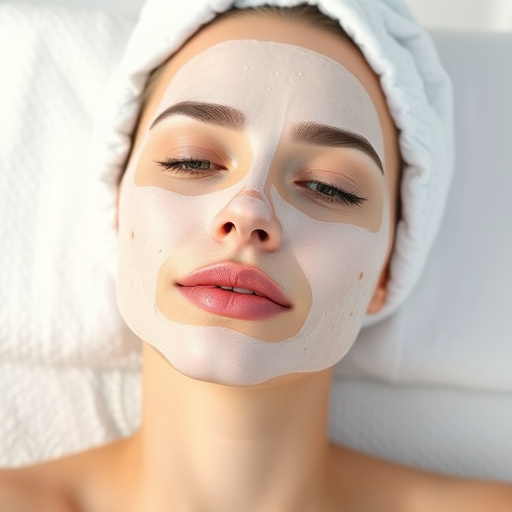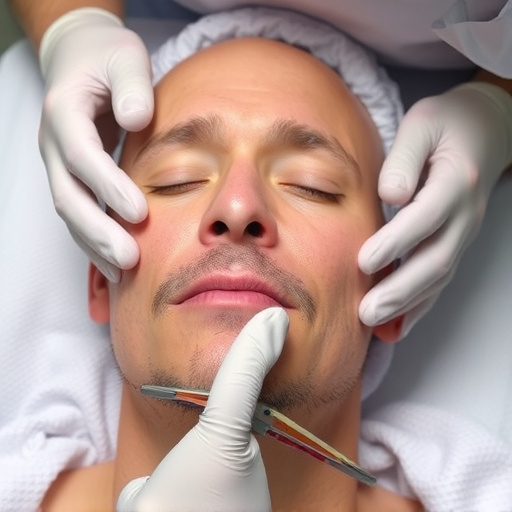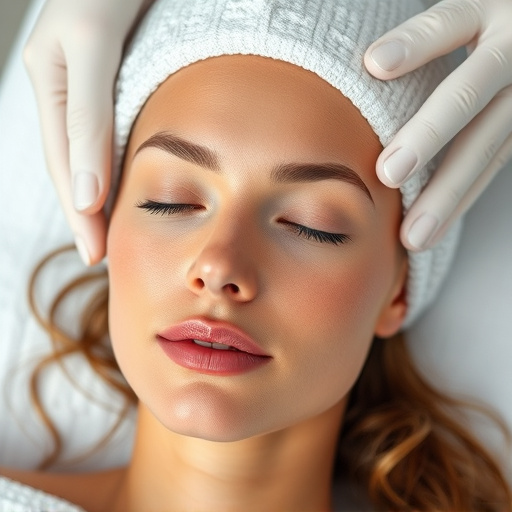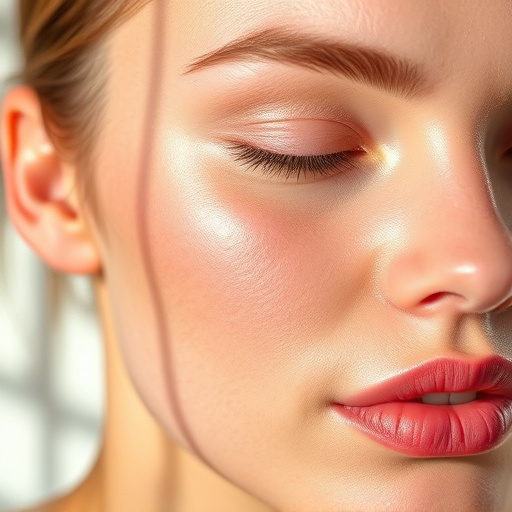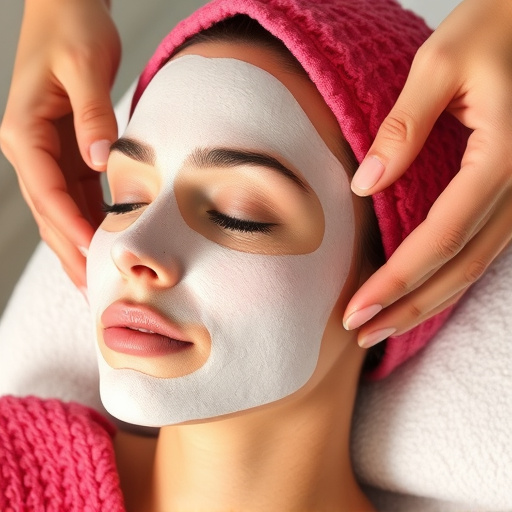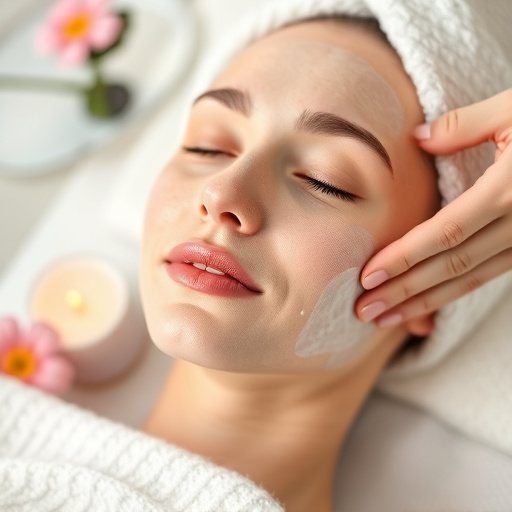Rosacea, a chronic skin condition with redness and bumps, is managed through understanding symptoms and triggers. Advances in dermatology offer effective rosacea treatment like microneedling, hydrating facials, laser therapy, and specialized medical spa services targeting redness, vascular abnormalities, and facial hair. These innovative approaches backed by research improve quality of life for sufferers.
Rosacea, a skin condition characterized by redness, inflammation, and small bumps, has puzzled dermatologists for years. While traditional treatments like topical medications and laser therapy offer some relief, many patients seek innovative solutions. This article delves into the world of rosacea, exploring its causes and symptoms before highlighting groundbreaking clinical research that backs new, cutting-edge treatment approaches for this often misunderstood condition, offering hope for more effective management and improved skin health.
- Understanding Rosacea: Causes and Symptoms Unveiled
- Traditional Treatments: Exploring Current Options
- Groundbreaking Research: New Rosacea Treatment Approaches
Understanding Rosacea: Causes and Symptoms Unveiled
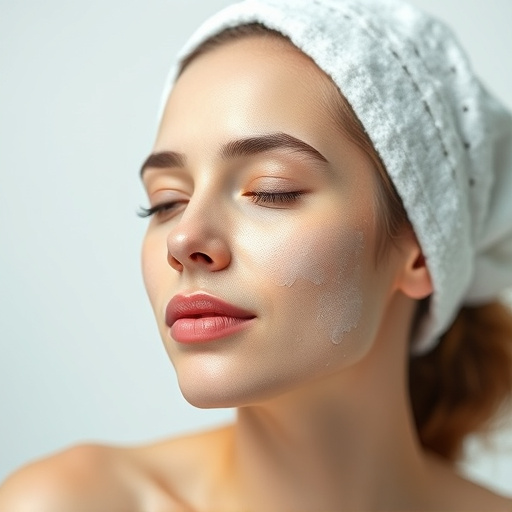
Rosacea is a chronic skin condition that affects millions worldwide, often characterized by periods of flare-ups and remission. It’s important to understand both its causes and symptoms to effectively manage it. The term “rosacea” originates from the Latin word for “redness,” accurately depicting its primary visual symptom. Flare-ups typically manifest as redness or a rosy glow on the face, particularly in areas like the cheeks, nose, chin, and forehead. Over time, this redness can deepen, leading to small, raised red bumps, similar to acne, and sometimes causing eye irritation and thickening of the skin.
While the exact causes of rosacea remain partially unknown, researchers have identified several factors that contribute to its development. It’s believed to involve a combination of genetic predisposition, environmental triggers, and changes in blood vessels. Certain lifestyle factors, such as sunlight exposure, stress, specific foods, and even certain types of makeup or skincare products, can trigger flare-ups. Personalized skincare approaches and customized facials have emerged as promising rosacea treatments, focusing on soothing the skin, reducing inflammation, and addressing individual symptoms. Additionally, aesthetic treatments tailored to rosacea patients can help minimize redness and restore a clearer, calmer complexion.
Traditional Treatments: Exploring Current Options

Rosacea, a chronic skin condition characterized by facial redness and inflammation, has long been managed through various traditional treatments. While topical medications and oral antibiotics remain staples in many skincare routines, patients are increasingly seeking innovative alternatives. The good news is that advancements in dermatological science have led to several promising new options for managing rosacea symptoms effectively.
Among these, microneedling therapy has garnered attention for its ability to stimulate collagen production and skin tightening. Hydrating facials, rich in active ingredients, offer another approach by providing deep hydration to soothe irritated skin. Additionally, laser treatments have shown remarkable results in reducing facial redness and vascular abnormalities associated with rosacea. These advancements offer hope for those struggling with this condition, opening doors to more tailored and effective rosacea treatment regimens.
Groundbreaking Research: New Rosacea Treatment Approaches

In recent years, groundbreaking research has propelled the field of rosacea treatment into uncharted territories, offering fresh hope for those affected by this chronic skin condition. Scientists and dermatologists have been tirelessly exploring innovative approaches to address the complex nature of rosacea, a disorder that remains challenging to manage due to its diverse manifestations. This intensive focus on understanding the underlying mechanisms has led to significant advancements in both topical and procedural treatments.
One notable development is the integration of advanced technologies such as laser hair removal and skin rejuvenation procedures into specialized medical spa services. These treatments aim to alleviate symptoms by targeting specific contributors to rosacea, including persistent redness, dilated blood vessels, and excess facial hair. With clinical research backing their efficacy, these novel strategies provide individuals with effective alternatives, ensuring improved quality of life and enhanced confidence in managing their condition.
In light of these recent advancements, the future of rosacea treatment appears promising. Clinical research continues to drive innovative approaches, offering hope for improved management and potential cures. By understanding the causes and exploring new treatments, individuals affected by rosacea can take control of their skin health and experience clearer, more confident complexions. This evolving landscape of rosacea treatment options ensures better outcomes and a brighter outlook for those navigating this chronic condition.

